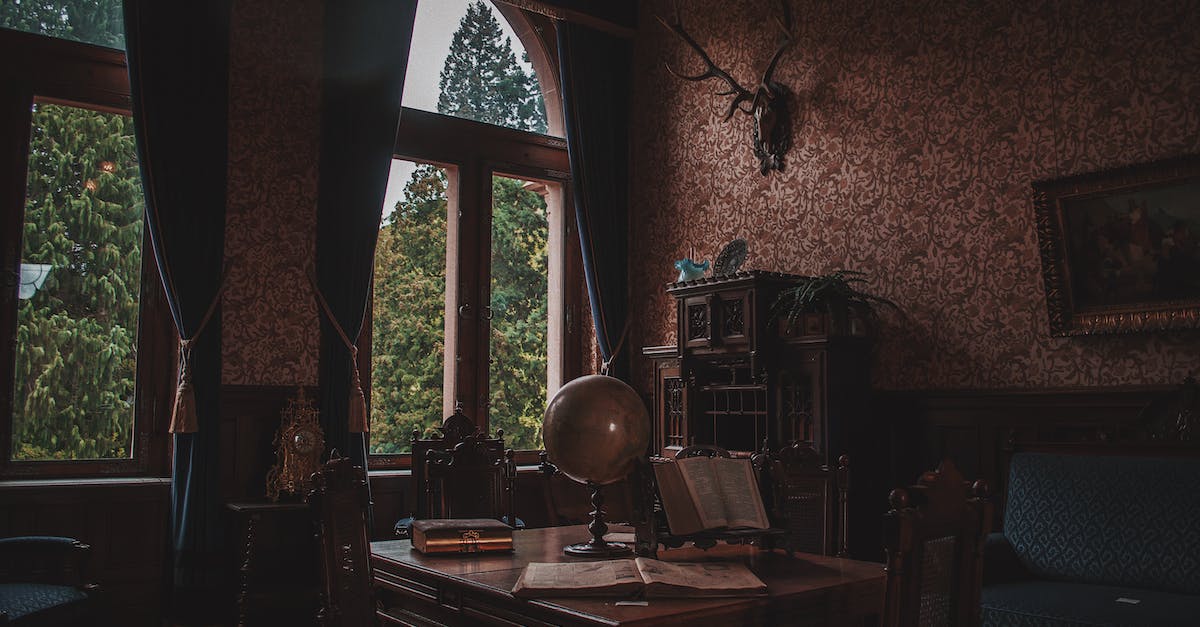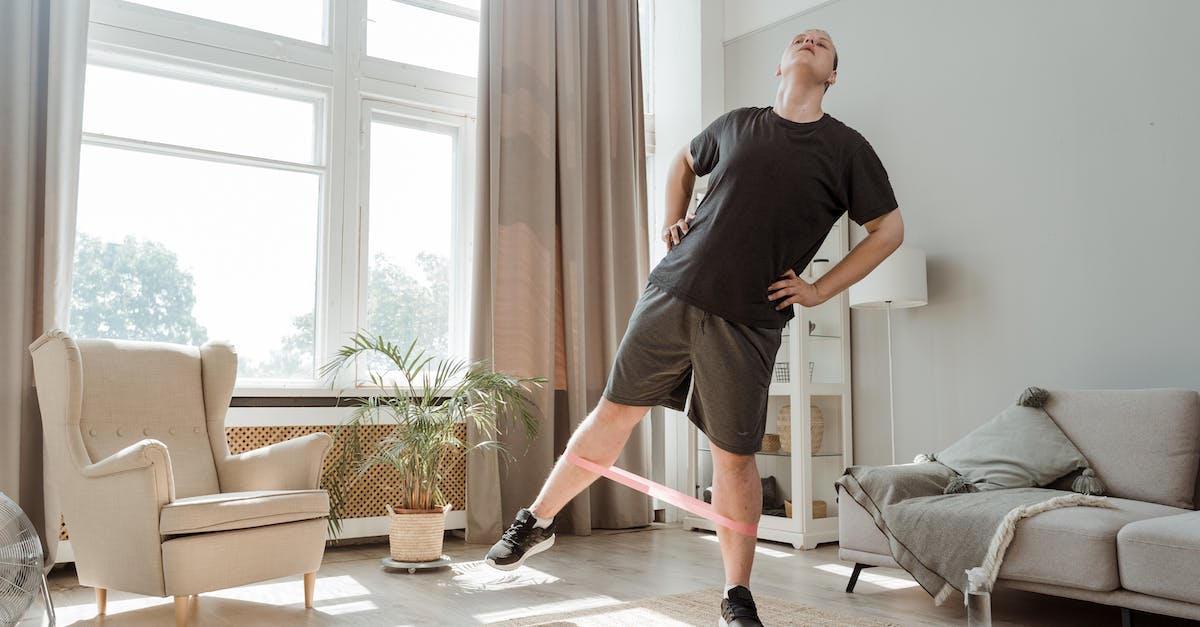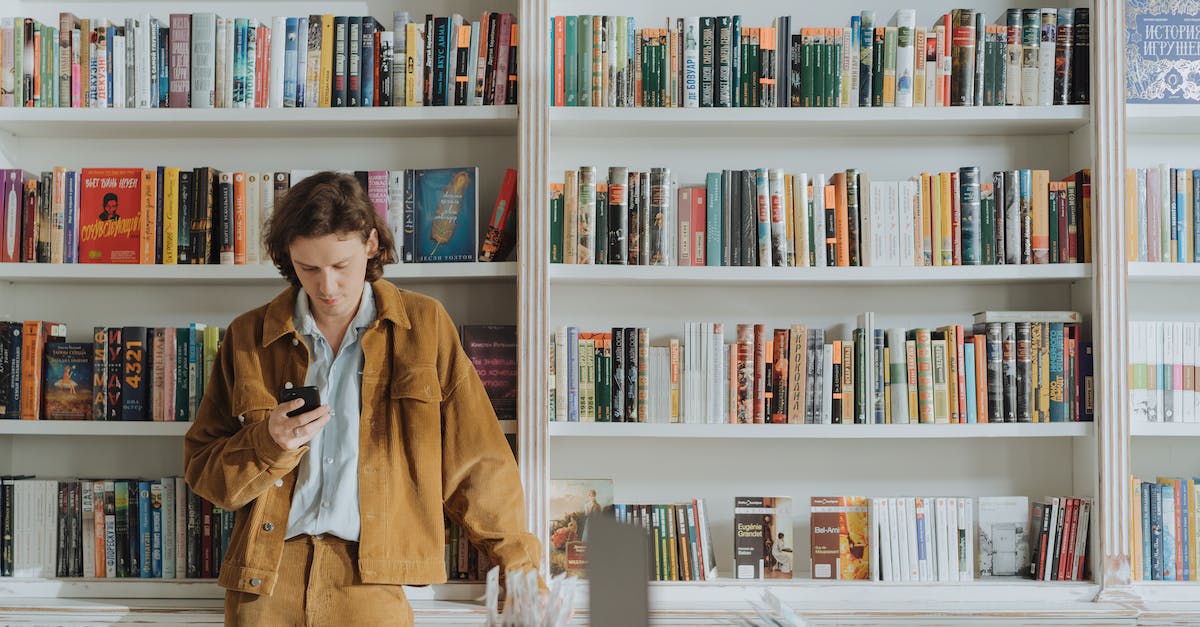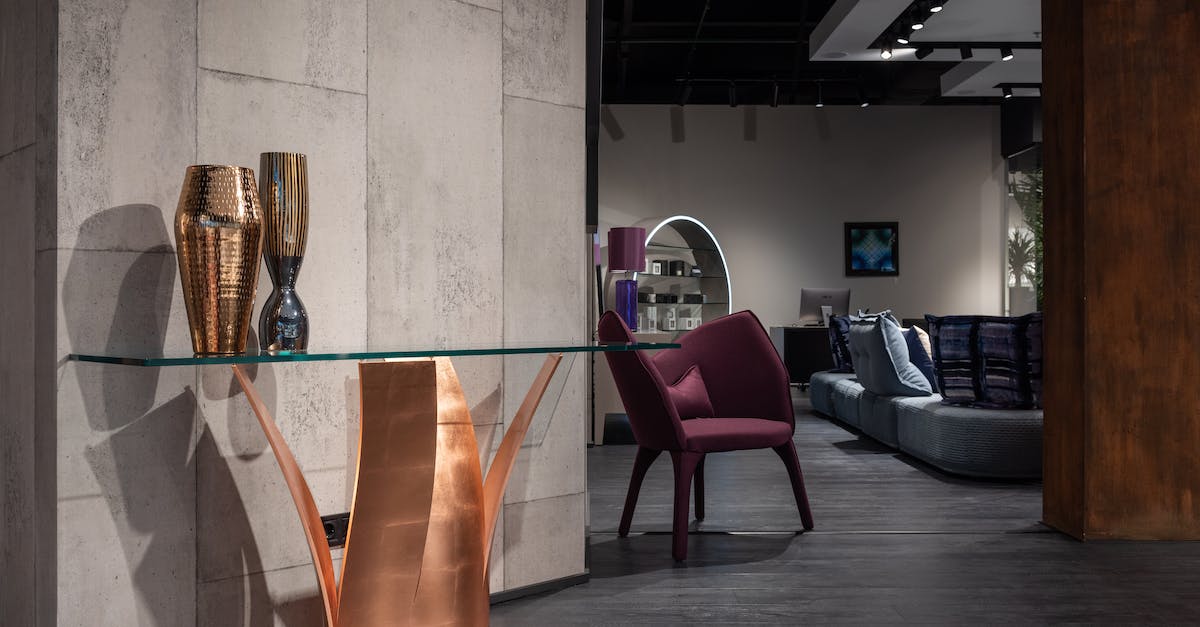Introduction to Home Interior Design
Interior design is an art form that enables individuals to express their personalities and unique sense of style even further, beyond their personal attire. It transforms a simple living space into a comforting and inviting home by fusing function and aesthetics. However, creating a cohesive interior design that reflects your style while also being functional can be quite challenging. This is where expert advice comes in handy. Interior design professionals can offer valuable insights and tips to help you make the most of your space.
The Importance of Identifying your Design Style
The first step proposed by interior design experts is identifying your style. Every design choice you make will depend on this. Whether you are a minimalist, modern, or traditionalist, every genre has its own elements, materials, textures, and colors. Therefore, professionals recommend researching various style concepts to better understand them and identify which one resonates with you.
For instance, if you value uncomplicated spaces with clean and crisp lines, perhaps the modern design style appeals to you. Alternatively, if you fancy intricate details, antiques, and dark woods, the classical design style might better align with your taste.
Functionality to Add Value to Home Interior Designs
One common theme that professionals stress is that your home should not only look good, it should also serve its function well. This translates to efficient space planning, sensible furniture selection, and smart storage solutions. It’s about purposeful designing without compromising the overall aesthetics.
For example, interior design experts advise choosing furniture that aligns with the scale of your room. A smaller space should house sleek, compact, and functional pieces, whereas more substantial rooms can accommodate larger, more dramatic pieces.
The Power of a Comprehensive Color Scheme
When it comes to interior design, the choice of color can significantly influence the overall ambiance of a room, enhancing specific architectural aspects and influencing mood. Avoid choosing your color scheme in haste. Instead, experts recommend spending time exploring various color palettes.
Once you decide on your favorite color, think about the hues that coordinate well with it. Additionally, consider the impact of light on these colors throughout the day. A shade that is appealing in daylight might not be as appealing once evening falls.
The Role of Lighting in Interior Design
Lighting plays an essential role in interior design, yet it is often overlooked. Specialists agree that the correct illumination can enhance colors, furnishings, and even the mood of the room. Moreover, lighting fixtures themselves can act as focal decorative pieces. Consequently, do not underestimate the power of apt lighting.
When deciding on your home’s lighting setup, use a mix of general, task, and accent lighting. General lighting evenly illuminates the space, task lighting serves a specific function, for instance, reading or cooking, and accent lighting is used to highlight or emphasize particular room features.
Importance of Accessories and Decorative Items
Decorative items and accessories are the finishing touches that give a space its character and personality. They can enhance the room’s design style and provide visual interest.
Choose accessories that complement your chosen color scheme and style, be it paintings, photo frames, pillows, or throws. However, experts advise, avoid crowding the room with too many decorative elements, as it can create a cluttered look.
Conclusion: Trust the Process
Designing a home interior can be a lot of fun. However, it might also be overwhelming at times, especially when you are unsure how to proceed. By incorporating the advice of home interior design experts outlined in this article, you can develop a more confident approach to your home design project
Start by understanding your style, then formulate functionality with aesthetics, choose an appropriate color scheme, and appropriately light up your space. Add personal touches with accessories while maintaining the balance, and soon, you’ll create a home that is a unique reflection of your style. Trust the process, and let your home interior charm with personality and functionality.






